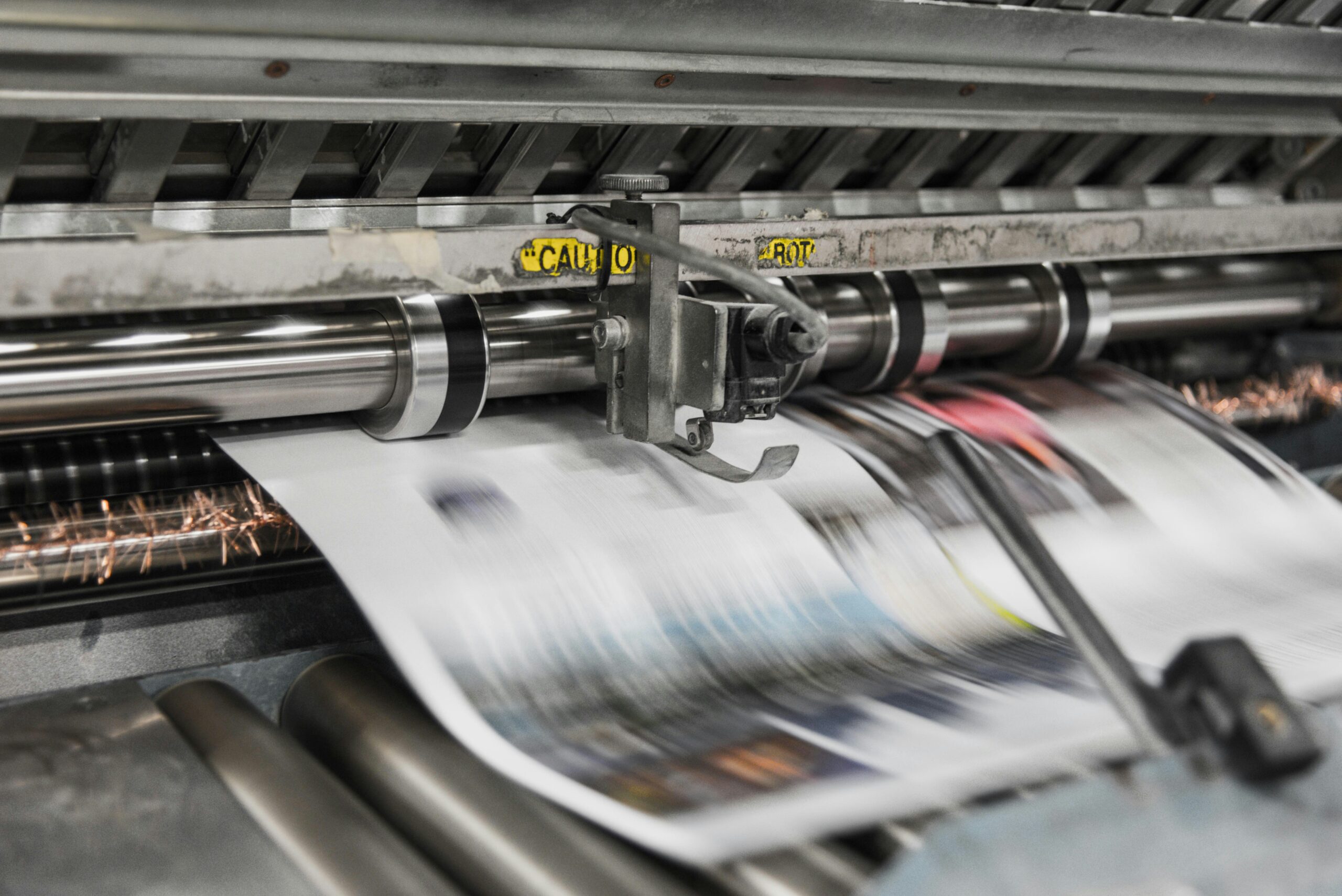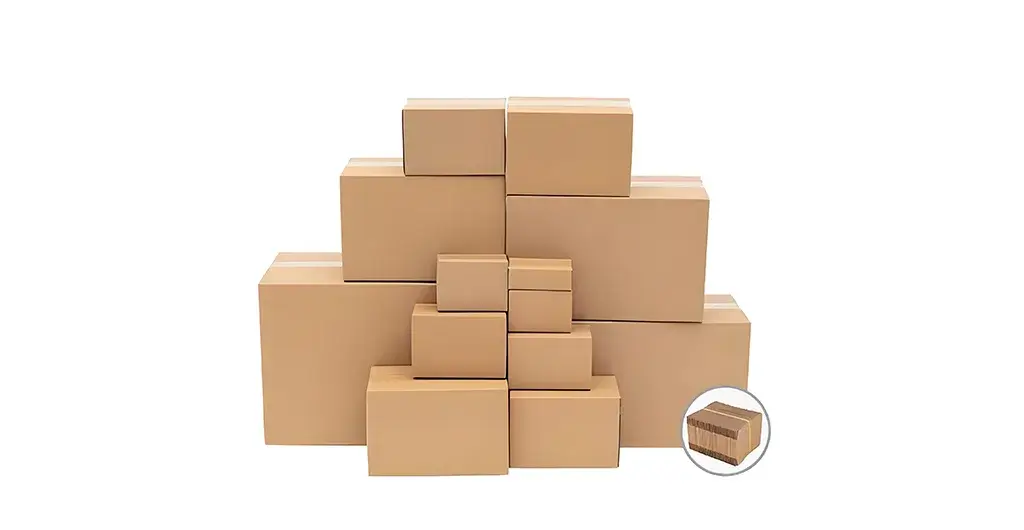
Zibo City, Shandong Province

Have You Any Quires ?

10 PM – 6 PM

Zibo City, Shandong Province

Have You Any Quires ?

10 PM – 6 PM

Have You Any Quires ?

In logistics and product fulfillment, the shipping box is a critical component. It protects goods during transit and storage. A key performance metric for any corrugated box is its Box Compression Strength (BCT). BCT defines the maximum load a box can withstand before it collapses. Accurately predicting this value is essential. It allows engineers to design effective packaging without overusing materials. The simplified McKee formula, also known as the Machi formula, is a widely used tool for this purpose. This article provides a scientific explanation of this formula. We will analyze its structure, its primary applications, its significant limitations, and how it compares to other methods. Our goal is to equip packaging professionals with the knowledge to use this formula effectively.

The simplified McKee formula offers a straightforward way to estimate the compression strength of a standard corrugated box. It connects the material’s inherent strength with the box’s dimensions to forecast performance. This active approach allows designers to test ideas digitally before creating physical prototypes.
The formula is expressed as:BCT=k⋅ECT⋅h⋅Z
Each component of the formula plays a specific role in the calculation. The table below explains these variables.
| Variable | Name | Description |
|---|---|---|
| BCT | Box Compression Strength | The total compressive load a box can endure before failing. This is the value we want to predict. |
| k | Empirical Constant | A dimensionless constant derived from experimental data. It adjusts the formula for different board types. |
| ECT | Edge Crush Test | Measures the compressive strength of the corrugated board’s edge. It shows the board’s ability to resist crushing. |
| h | Board Thickness | The caliper or thickness of the corrugated board. It contributes to the box’s rigidity. |
| Z | Box Perimeter | The total perimeter of the box, calculated as 2×(Length+Width). It represents the overall size. |
Essentially, the formula calculates that BCT increases in direct proportion to the board’s edge strength (ECT). It also increases with the square root of the board’s thickness and perimeter combined. This structure shows how both material properties and geometric stability contribute to the final strength of a shipping box.
Engineers and designers use the simplified McKee formula to make several key decisions in packaging design. These calculations drive efficiency and cost savings.
While physical testing remains the definitive measure of strength, the formula provides a fast and cost-effective first assessment.
The Machi formula simplifies the original, more complex McKee formula. To appreciate its limitations, we must understand this change. The original McKee formula includes the board’s bending stiffness, a measure of its resistance to being bent.
The simplification replaces bending stiffness with board thickness (h). This change makes the formula much easier to use. Measuring thickness is simple, while measuring bending stiffness requires specialized equipment. This assumes that a board’s thickness is directly proportional to its bending stiffness. For many standard corrugated box types, this is a reasonable approximation.
However, this simplification is also the formula’s main weakness. The relationship between thickness and stiffness is not always linear. This is especially true for different flute types or boards made with varying paper grades. Therefore, the simplified formula trades some accuracy for convenience.
Users must recognize the formula’s limitations to avoid costly errors. It predicts the strength of a single box in ideal laboratory conditions. The real world introduces many variables the formula does not consider.
corrugated box can lose up to 50% of its strength in very humid conditions.shipping box is more likely to buckle than a short one with the same perimeter. The formula will predict the same BCT for both, which is a significant flaw.folding box constructions, which have different structural dynamics.The simplified McKee formula is just one of many tools available. The best method depends on the application’s complexity and criticality. The table below compares several common approaches.
| Method | Basis | Key Inputs | Complexity | Best Use Case |
|---|---|---|---|---|
| Machi (Simplified McKee) | Empirical | ECT, Thickness (h), Perimeter (Z) | Low | Quick estimations for standard RSC corrugated box designs. |
| Full McKee Formula | Semi-Empirical | ECT, Bending Stiffness, Perimeter (Z) | Moderate | More accurate predictions when bending stiffness data is available. |
| Finite Element Method (FEM) | Numerical Simulation | Detailed Material Properties, Geometry | Very High | High-stakes design verification, complex geometries, and boxes with cutouts. |
| Physical Testing (BCT) | Experimental | Physical Box Sample | Moderate | The “gold standard” for definitive strength validation and quality control. |
The simplified McKee (Machi) formula is a powerful and practical tool for packaging professionals. Its strength lies in its simplicity, providing quick and accessible BCT estimations for any standard corrugated box. It empowers designers to make informed initial decisions about materials and design for basic shipping box applications.
However, we must use this tool with a clear understanding of its limitations. The formula’s accuracy diminishes when dealing with high humidity, complex stacking arrangements, non-standard box geometries, or designs with features like cutouts. The omission of box height and the substitution of thickness for bending stiffness are significant simplifications that introduce potential error.
For critical applications where product safety and supply chain integrity are paramount, relying solely on this formula is risky. Engineers must validate their designs with physical compression tests or use advanced simulation methods like FEM for more complex scenarios. Ultimately, the simplified McKee formula is an excellent starting point, but it is not the final word in ensuring packaging performance.
You can leave any questions. We will see and answer you.